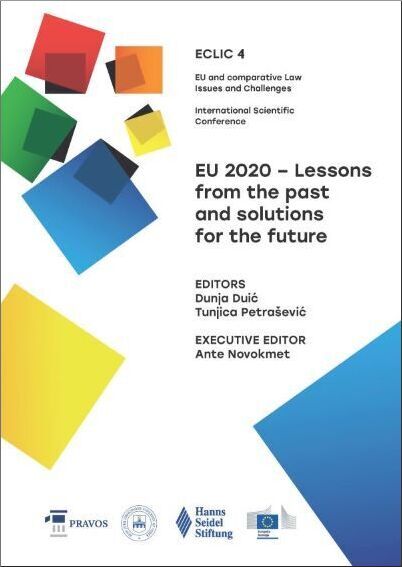THE PATH OF (R)EVOLUTION OF THE INTERNATIONAL INVESTOR STATE DISPUTE SETTLEMENT REGIME
DOI:
https://doi.org/10.25234/eclic/11929Abstract
The idea of reforming the investor-state dispute settlement system (hereinafter: ISDS) has been simmering at the international level with the EU as the most prominent proponent of a complete reconstruction of the ISDS system, and its voice was amplified by the 2018 decision of the ECJ in the Achmea case. The EU has since called for the establishment of a standing body established by means of a multilateral legal instrument investment court (hereinafter: MIC), dedicated to the resolution of treaty-based disputes within and outside of the EU. The MIC has been presented as a matter of urgency by its proponents who claim that the substantive issues in the global investment system – investor liability, the freedom of states to regulate and the interests of third affected parties - cannot be resolved under the existing framework. This proposal was met with some degree of resistance from other parts of the world, as critics find that the MIC would fix the flaws of the existing system, but that it would perpetuate the issues and tilt the scale in favor of the states. In their view, moderate and gradual reform would suffice to remove the major flaws in the existing ISDS system. Therefore, the ISDS landscape is being shaped in a battle of revolution versus evolution, which will determine whether the EU model will be adopted as the global solution, or will it remain within the boundaries of the EU. The authors give a critical overview of the rise and fall of ISDS as the preferred dispute resolution mechanism for investor claims (1), and the wave of resistance by states which prompted the global ISDS reform process (2). The paper than puts the spotlight on the EU perspective on ISDS reform, regarding intra-EU and extra-EU investor claims (3). This is followed by a discussion on the MIC which the EU is promoting as the universal replacement for the existing ISDS system (4), and the ISDS reform options developed through the UNCITRAL Working Group III (hereinafter: WG III) (5). Finally, the paper concludes with a discussion on whether the final solution could be compromise (6).
Downloads
Published
How to Cite
Issue
Section
License
Copyright (c) 2020 Fahira Brodlija, Lidija Šimunović

This work is licensed under a Creative Commons Attribution-NonCommercial 4.0 International License.
Authors retain the copyright on the papers published in the Journal, but grant the right of first publication to the Journal. Papers accepted for publication or already published in ECLIC of the Faculty of Law in Osijek may be published by the author(s) in other publications only with proper notice of its previous publication in ECLIC.


